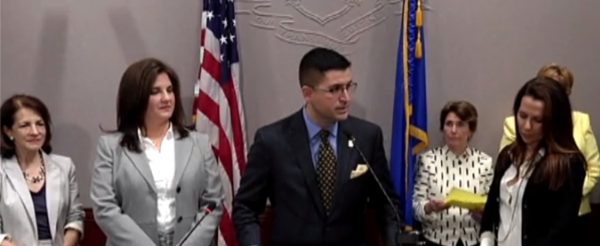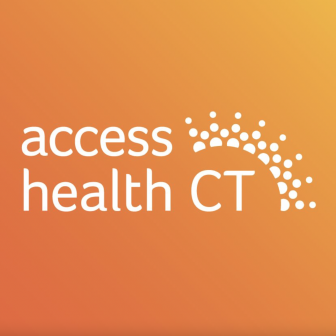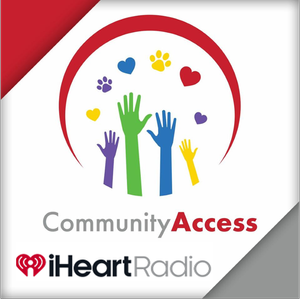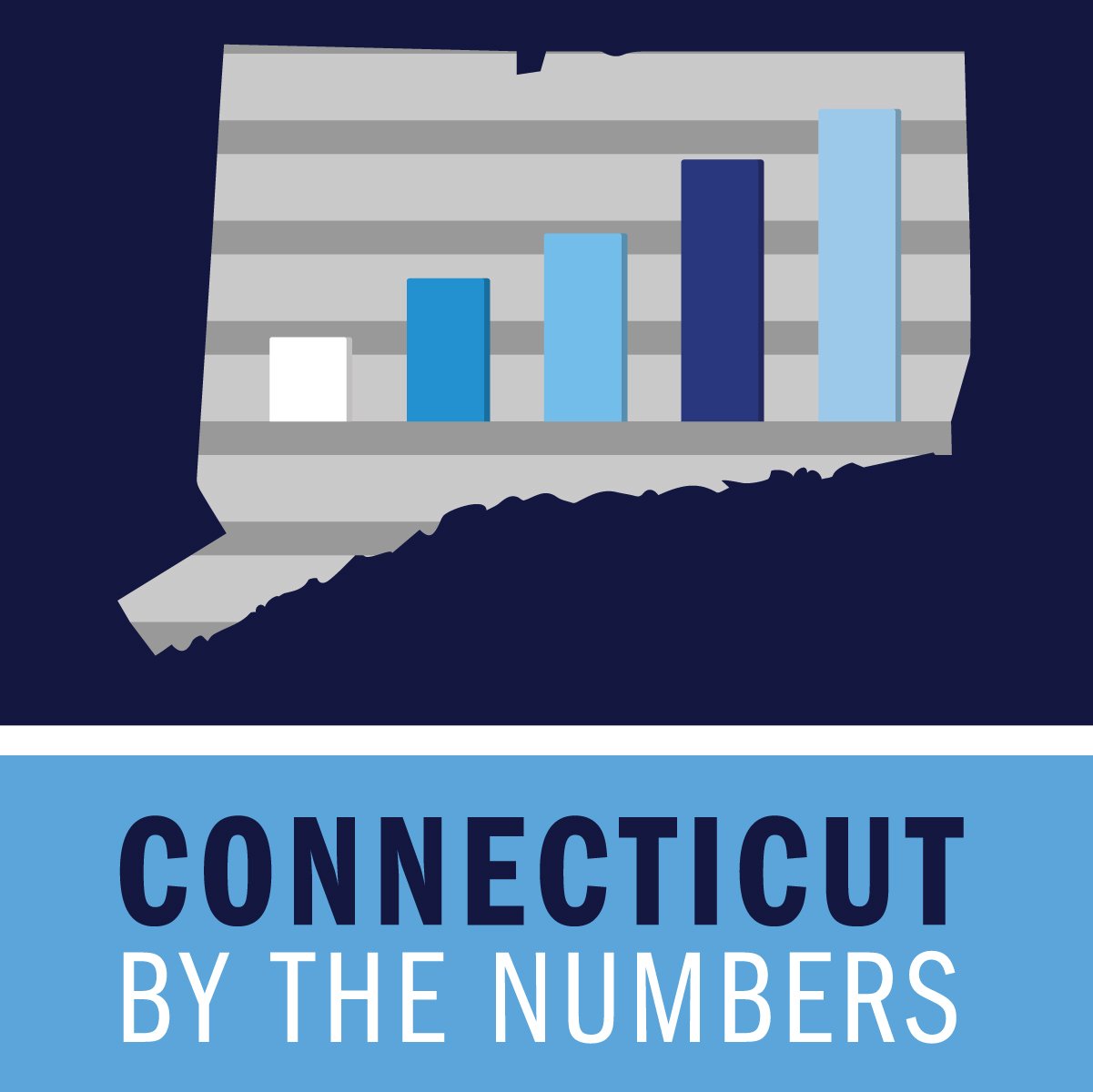Motorcycle Deaths in CT Projected to Remain Steady This Year and Next
/The state Department of Transportation expects 47 motorcyclists to die in traffic accidents in this year and next. According to a Department of Transportation report for Fiscal 2017, there was a fluctuating number of motorcyclist fatalities from 2010 to 2014, with a low of 37 in 2011 and a high of 57 in 2013. Those numbers are expected to remain constant, department projections indicate.
The report said the majority of motorcycle fatal and injury crashes occurred between the hours of noon and 8 p.m. and the crashes most commonly happened on Saturdays and Sundays. Most fatal and injury crashes occurred in the summer months, and almost all motorcycle operators involved in crashes were male.
Cited most often as contributing factors were “driver lost control,” “driving too fast for conditions,” and “road condition/object in road.” In multiple vehicle crashes where the other driver was at fault, the major contributing factor in 47 percent of these crashes was failure to grant the right-of-way, the DOT report indicated. May is Motorcycle Safety Awareness Month.
Earlier this month, a Meriden man died in a motorcycle accident and another rider was injured in East Haven, and last week a Manchester man was seriously injured in a motorcycle crash in Manchester and an East Hartford man was killed in rural Washington. Motorcycle accidents in April in Stonington, Coventry, and Middletown injured riders. Earlier this year, state legislators discussed a bill proposing to reinstate Connecticut's motorcycle helmet law, which was repealed four decades ago. Currently, the law only requires riders under age 18 to wear helmets. That law was approved in 1989. For adults driving or riding as a passenger, helmets are optional, as they have been since 1976. After the February 10 public hearing, the bill has not moved forward.
 Only about 42 percent of motorcyclists in Connecticut wear helmets, according to Neil Chaudhary, PhD, leader of a Trumbull team of premier investigators on behavioral traffic safety-related issues at Preusser Research Group, Inc. In states where helmets are required, there is near 100 percent compliance, he recently told the Newtown Bee, adding professional driver training, offered throughout the state, can help riders to develop stronger defensive driving skills.
Only about 42 percent of motorcyclists in Connecticut wear helmets, according to Neil Chaudhary, PhD, leader of a Trumbull team of premier investigators on behavioral traffic safety-related issues at Preusser Research Group, Inc. In states where helmets are required, there is near 100 percent compliance, he recently told the Newtown Bee, adding professional driver training, offered throughout the state, can help riders to develop stronger defensive driving skills.
The Connecticut Transportation Safety Research Center reports the estimated loss to the state from motorcycle related injuries and death is $400 million. The group says helmet use reduced the risk of death by 37% and head injuries by 69%, FOX61 reported.
“Ultimately a motorcycle is more vulnerable because there is no protection like you have in a passenger vehicle. The only protection you have is what you put on yourself,” Dr Chaudhary told the local newspaper.
State Police set a goal in the report to train 5,000 motorcycle operators of all skill levels this year in an effort to reduce the number of deaths and injuries by reducing “operator error.” The effort includes adopting a newly updated curriculum developed by the Motorcycle Safety Foundation for Department of Transportation's Connecticut Rider Education Program (CONREP). This new curriculum, according to the report, “will have a larger focus on rider responsibility and risk awareness.” In addition, there will be a targeted media campaign, including promoting helmet use by all riders (not just those young riders currently covered under existing law), and “including motorcyclists in the planned emphasis on reducing impaired driving.” The CONREP website, ride4ever.org provides updated information on education programs. 
The National Highway Transportation Safety Administration (NHTSA) reports that about 5,000 motorcycle operators and hundreds of motorcycle passengers lose their lives in accidents each year in the United States. These numbers account for about 13 percent of total traffic fatalities, even though motorcycles account for just three percent of all registered vehicles, the Newtown Bee reported. In addition to the fatalities, about 100,000 operators and passengers are injured each year.




 Sponsor), Eversource (Gold Sponsor), AT&T (Gold Sponsor), Accounting Resources, Inc. (Silver Sponsor), Qualidigm (Silver Sponsor), CT by the Numbers (Silver Sponsor), and Aeton Law Partners (Silver Sponsor). The David Alan Hospitality Group and Capture provided in-kind services.
Sponsor), Eversource (Gold Sponsor), AT&T (Gold Sponsor), Accounting Resources, Inc. (Silver Sponsor), Qualidigm (Silver Sponsor), CT by the Numbers (Silver Sponsor), and Aeton Law Partners (Silver Sponsor). The David Alan Hospitality Group and Capture provided in-kind services. ess to the issue of childhood drownings. Steven Hernández,, Executive Director of the Commission on Women,
ess to the issue of childhood drownings. Steven Hernández,, Executive Director of the Commission on Women,  The statistics about children’s drowning deaths have not changed over time, implying that current strategies for prevention are not enough, officials said. Increasing children’s access to swim lessons, encouraging schools to teach water safety skills to students and giving parents easy-to-use and engaging tools to talk to their children about how to be safe around water are just a few actions that can have a big effect in reducing drowning rates, officials stressed.
The statistics about children’s drowning deaths have not changed over time, implying that current strategies for prevention are not enough, officials said. Increasing children’s access to swim lessons, encouraging schools to teach water safety skills to students and giving parents easy-to-use and engaging tools to talk to their children about how to be safe around water are just a few actions that can have a big effect in reducing drowning rates, officials stressed.


 wever, the state is among the worst for distracted drivers.
wever, the state is among the worst for distracted drivers.




 The Cuban Lyceum of Bridgeport -- Liceo Cubano de Bridgeport- celebrated its 60th year in 2014, the Connecticut Post
The Cuban Lyceum of Bridgeport -- Liceo Cubano de Bridgeport- celebrated its 60th year in 2014, the Connecticut Post  Traffic safety topics being tracked nationwide include: Aggressive Driving, Automated Enforcement/Photo Monitoring, Child Passenger Protection, Distracted Driving, Driver’s Licensing, Impaired Driving, Motorcycle Safety, Pedestrian and Bicycle Safety, School Bus Safety, Seatbelts and Occupant Protection, Senior Drivers Issues, Slow-Medium speed vehicles, Speed Limits, and Teen Driver Issues.
Traffic safety topics being tracked nationwide include: Aggressive Driving, Automated Enforcement/Photo Monitoring, Child Passenger Protection, Distracted Driving, Driver’s Licensing, Impaired Driving, Motorcycle Safety, Pedestrian and Bicycle Safety, School Bus Safety, Seatbelts and Occupant Protection, Senior Drivers Issues, Slow-Medium speed vehicles, Speed Limits, and Teen Driver Issues.






























